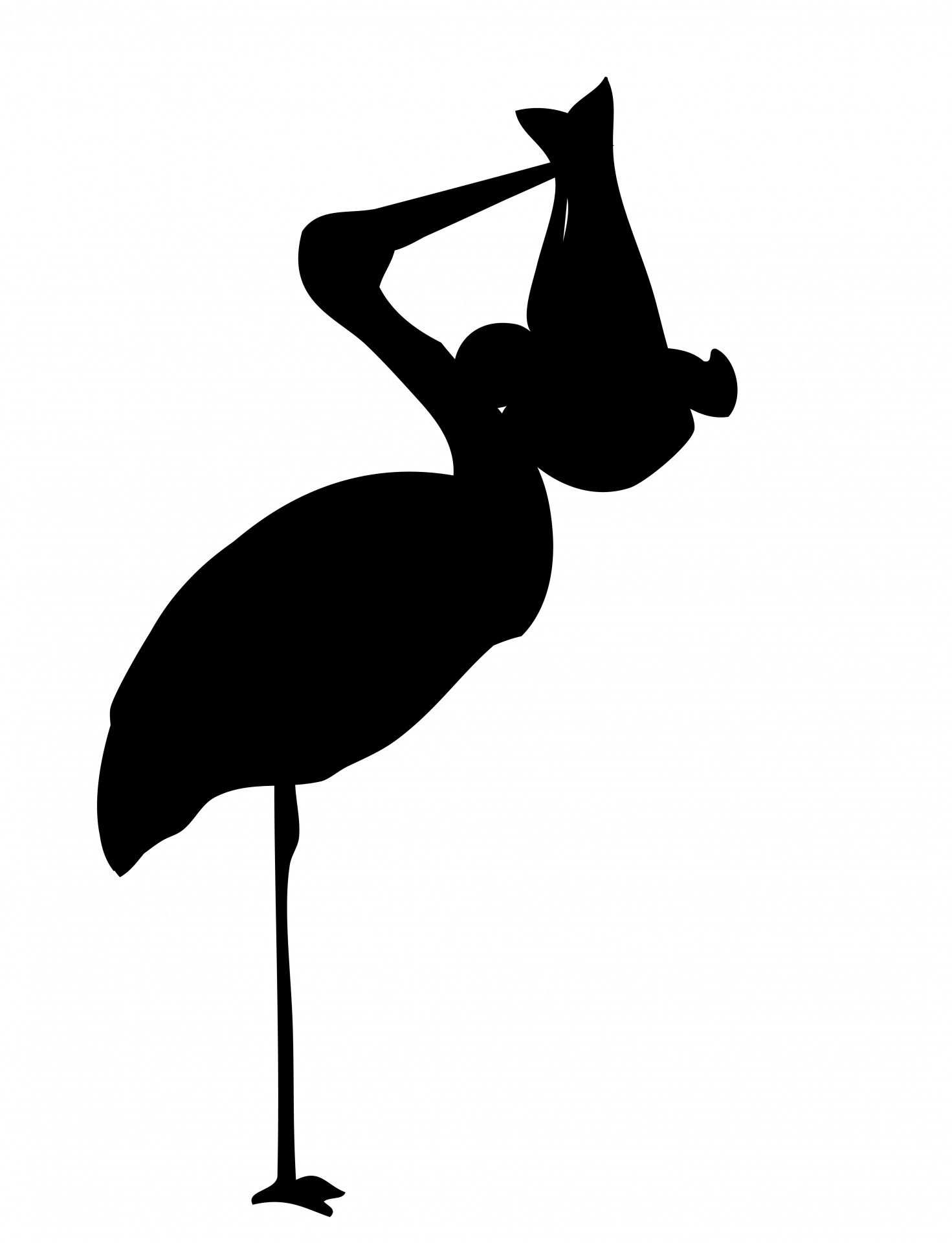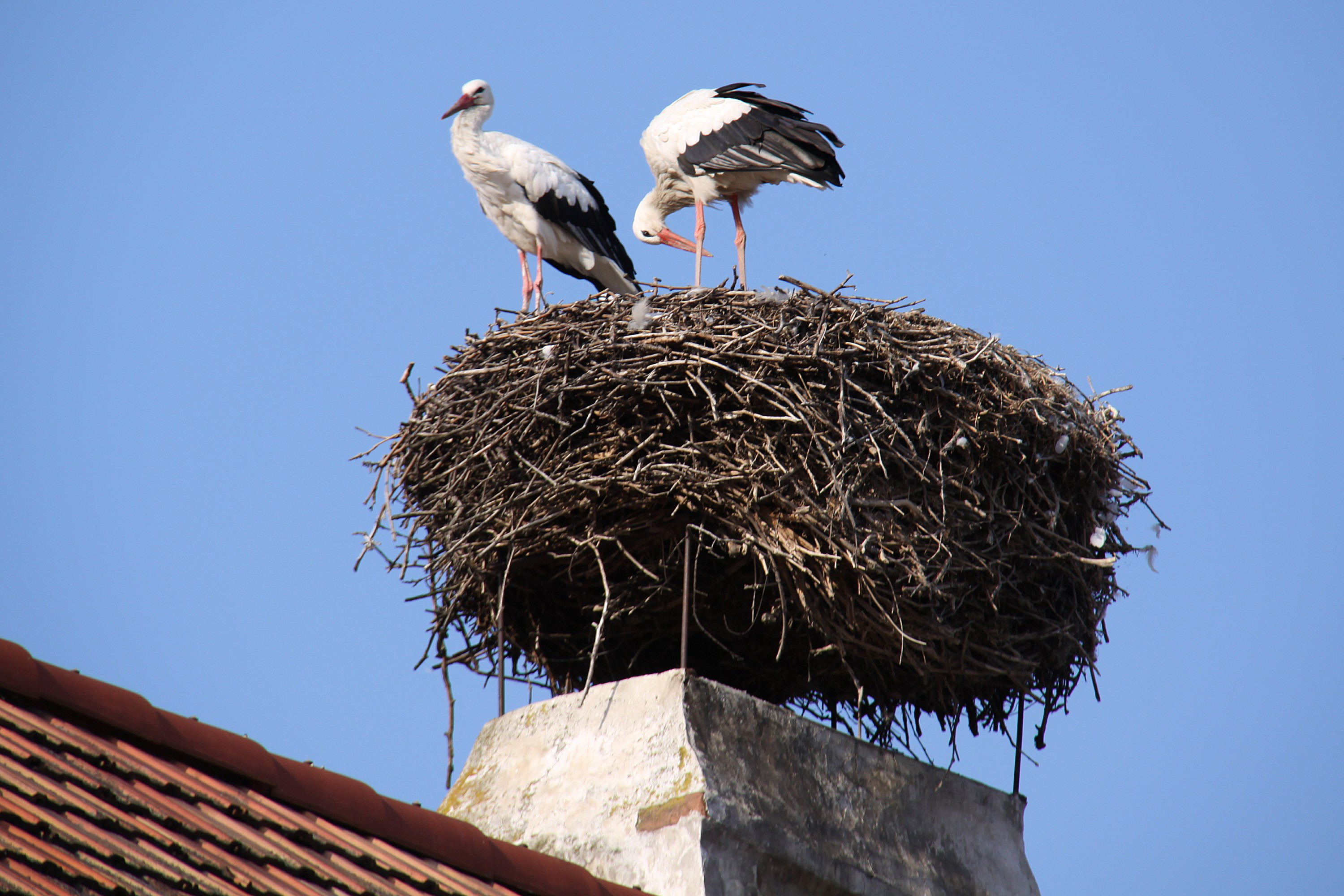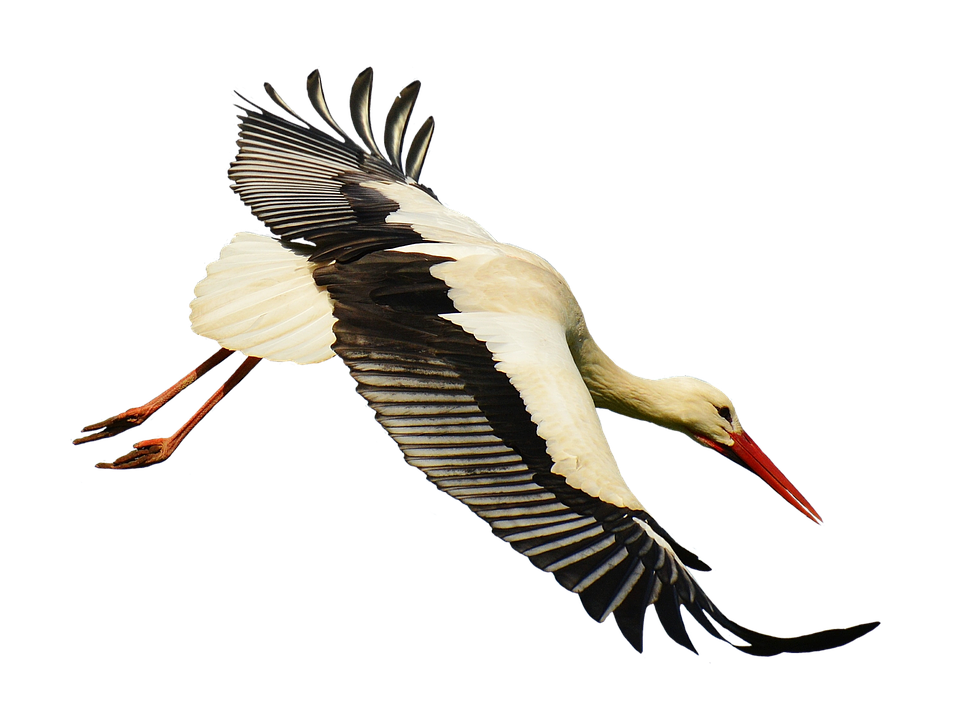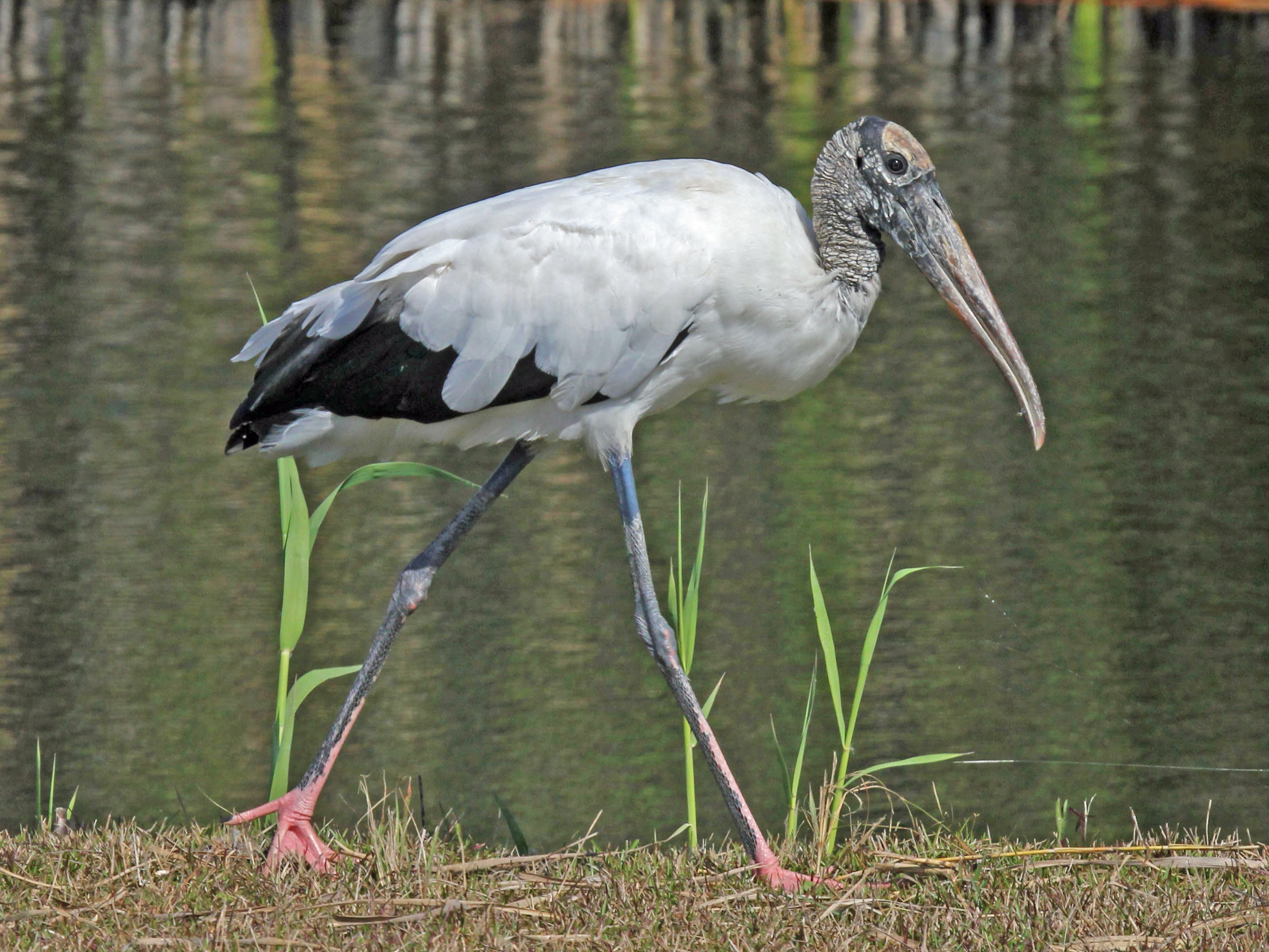 You know the story of the stork bringing babies. We most probably heard this story when we were young and our mothers were not yet ready to tell us where babies really came from. Some version of this tale has been around for a very long time.
You know the story of the stork bringing babies. We most probably heard this story when we were young and our mothers were not yet ready to tell us where babies really came from. Some version of this tale has been around for a very long time.
A Greek myth told of storks stealing babies after Hera (goddess of women, marriage, family, and childbirth) turned her rival into a stork and then that stork-woman tried to steal Hera’s son. In Egyptian mythology, the soul of a person was believed to be a stork and the return of the stork in the spring meant the soul had returned to the person.
In Slavic mythology and religion, storks carried unborn souls from Vyraj (a place where birds go for the winter and souls go after death) to earth in the spring and today the story of a stork delivering babies persists. Children of African American slaves were sometimes told that white babies were brought by storks, while black babies were born from buzzard eggs.
German folklore told of storks finding babies in caves or marshes and bringing them to households in a basket on their backs or held in their beaks. The babies would then be given to the mother or dropped down the chimney. Households would indicate when they wanted children by placing sweets for the stork on the windowsill. The legend is ancient, but was popularized by a 19th-century Hans Christian Andersen story called The Storks. From there the folklore spread around the world to the Philippines and countries in South America. Birthmarks on the back of the head of a newborn baby are sometimes referred to as stork-bites.
 Storks nesting on chimneys are considered good luck in Austria and Germany. I had the opportunity to visit Rust, Austria once to observe stork nests on about every other chimney, one of the reasons this attractive town is a UNESCO World Heritage site. The houses’ inhabitants put a metal frame above the chimney as a nesting platform and to prevent the nests from blocking the flue. (My other vivid memory of my visit to that town in Austria was the woman tourist who asked me where the kangaroos were!)
Storks nesting on chimneys are considered good luck in Austria and Germany. I had the opportunity to visit Rust, Austria once to observe stork nests on about every other chimney, one of the reasons this attractive town is a UNESCO World Heritage site. The houses’ inhabitants put a metal frame above the chimney as a nesting platform and to prevent the nests from blocking the flue. (My other vivid memory of my visit to that town in Austria was the woman tourist who asked me where the kangaroos were!)
The European White Stork is a handsome bird with long red legs and long pointed red beaks. There are two subspecies, both breeding in Europe and western Asia and wintering in Africa. The term Pfeilstorch (German for “arrow stork”) is given to storks injured by an arrow while wintering in Africa, before returning to Europe with an arrow stuck in their bodies. To date, around 25 Pfeilstörche have been documented. These Pfeilstorch helped in the understanding of migration of European birds. Before that, people had no other explanation for the sudden annual disappearance of birds like the white stork and barn swallow. The Pfeilstorch proved that birds migrate long distances to wintering grounds.

There are 18 other species of storks, distributed worldwide except for the poles and large parts of North America and Australia. They are carnivorous, taking a range of reptiles, small mammals, insects, fish, amphibians and other small invertebrates. The North American Wood Stork, restricted to parts of Georgia, South Carolina, and Florida, is not as elegant looking as the Wood Stork. It in fact, is rather ugly, as are a number of other stork species, demonstrating their relationship to vultures. It’s no wonder we’d rather be delivered to our parents by the European version.
Roger,
A very interesting and enjoyable narrative which highlights the mythical role of birds in our lives and how birds enrich our lives.
Thanks kindly,
Peter